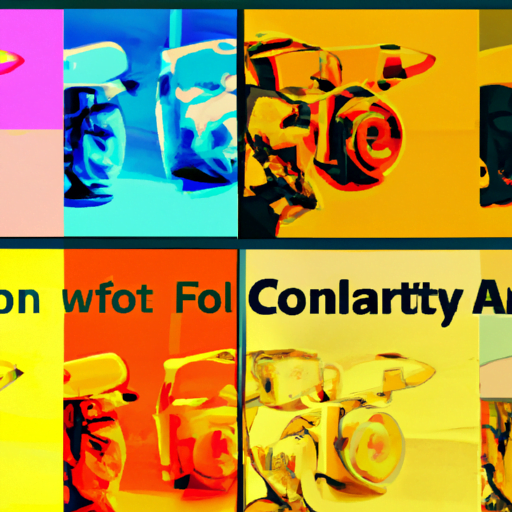
-
Table of Contents
Designing Community and Forum Interfaces

Community and forum interfaces play a crucial role in fostering engagement, facilitating communication, and building a sense of belonging among users. A well-designed interface can make a significant difference in the success and growth of an online community. In this article, we will explore the key principles and best practices for designing community and forum interfaces, backed by research, examples, and case studies.
The Importance of User-Centric Design
When designing community and forum interfaces, it is essential to prioritize the needs and preferences of the users. User-centric design ensures that the interface is intuitive, easy to navigate, and visually appealing. By understanding the target audience and their goals, designers can create an interface that meets their expectations and encourages active participation.
One example of user-centric design is the interface of Reddit, a popular online community. Reddit’s interface is clean, simple, and focuses on the content. The use of clear headings, distinct sections, and intuitive navigation allows users to easily find and engage with the discussions that interest them.
Creating a Clear Hierarchy
A clear hierarchy is crucial for community and forum interfaces as it helps users understand the structure and organization of the content. By establishing a clear hierarchy, designers can guide users to the most important and relevant information, reducing cognitive load and improving the overall user experience.
One effective way to create a clear hierarchy is through the use of headings and subheadings. By using appropriate heading tags, such as
and
, designers can visually differentiate between different levels of content. This allows users to quickly scan and navigate the interface, finding the information they need without feeling overwhelmed.
For example, Stack Overflow, a popular programming community, uses a clear hierarchy in its interface. The main categories are displayed prominently, and each question is accompanied by a clear title and relevant tags. This allows users to quickly identify the topics they are interested in and find relevant discussions.
Encouraging Active Participation
One of the primary goals of a community or forum interface is to encourage active participation and engagement among users. Designers can achieve this by incorporating features and elements that promote interaction and collaboration.
One effective way to encourage participation is through the use of gamification elements. By incorporating badges, points, and leaderboards, designers can create a sense of competition and achievement, motivating users to contribute more actively. For example, the interface of the Duolingo language learning community includes a point system and daily streaks, encouraging users to practice regularly and engage with the community.
Another way to encourage participation is by providing clear calls to action. Designers can use visually prominent buttons or prompts to invite users to contribute, ask questions, or share their opinions. By making these actions easily accessible, users are more likely to engage and participate in the community.
Ensuring Accessibility and Inclusivity
Designing community and forum interfaces that are accessible and inclusive is essential to ensure that all users can participate and engage. Accessibility considerations include providing alternative text for images, using color contrast that is readable for users with visual impairments, and ensuring keyboard navigation is available for users who cannot use a mouse.
Inclusivity is also crucial in community and forum interfaces. Designers should create an environment that welcomes diverse perspectives and encourages respectful discussions. This can be achieved by implementing moderation tools, community guidelines, and reporting mechanisms to address any inappropriate behavior or content.
Optimizing for Mobile Devices
In today’s mobile-first world, it is essential to optimize community and forum interfaces for mobile devices. With a significant portion of internet users accessing content through smartphones and tablets, neglecting mobile optimization can result in a poor user experience and limited engagement.
When designing for mobile, it is important to prioritize simplicity and ease of use. The interface should be responsive, adapting to different screen sizes and orientations. Navigation should be intuitive, and content should be presented in a concise and easily readable format.
One example of a well-optimized mobile community interface is the interface of the Facebook Groups app. The app provides a seamless experience for users to engage with their communities on the go, with a simplified interface that focuses on the most important features and content.
Summary
Designing community and forum interfaces requires a user-centric approach, clear hierarchy, encouragement of active participation, accessibility and inclusivity considerations, and optimization for mobile devices. By following these principles and best practices, designers can create interfaces that foster engagement, facilitate communication, and build a strong sense of community among users.
Remember, a well-designed interface is not only visually appealing but also intuitive and easy to navigate. By understanding the needs and preferences of the users, designers can create interfaces that meet their expectations and encourage active participation. So, whether you are designing a community interface for a small niche group or a large-scale forum, keep these principles in mind to create a thriving online community.
